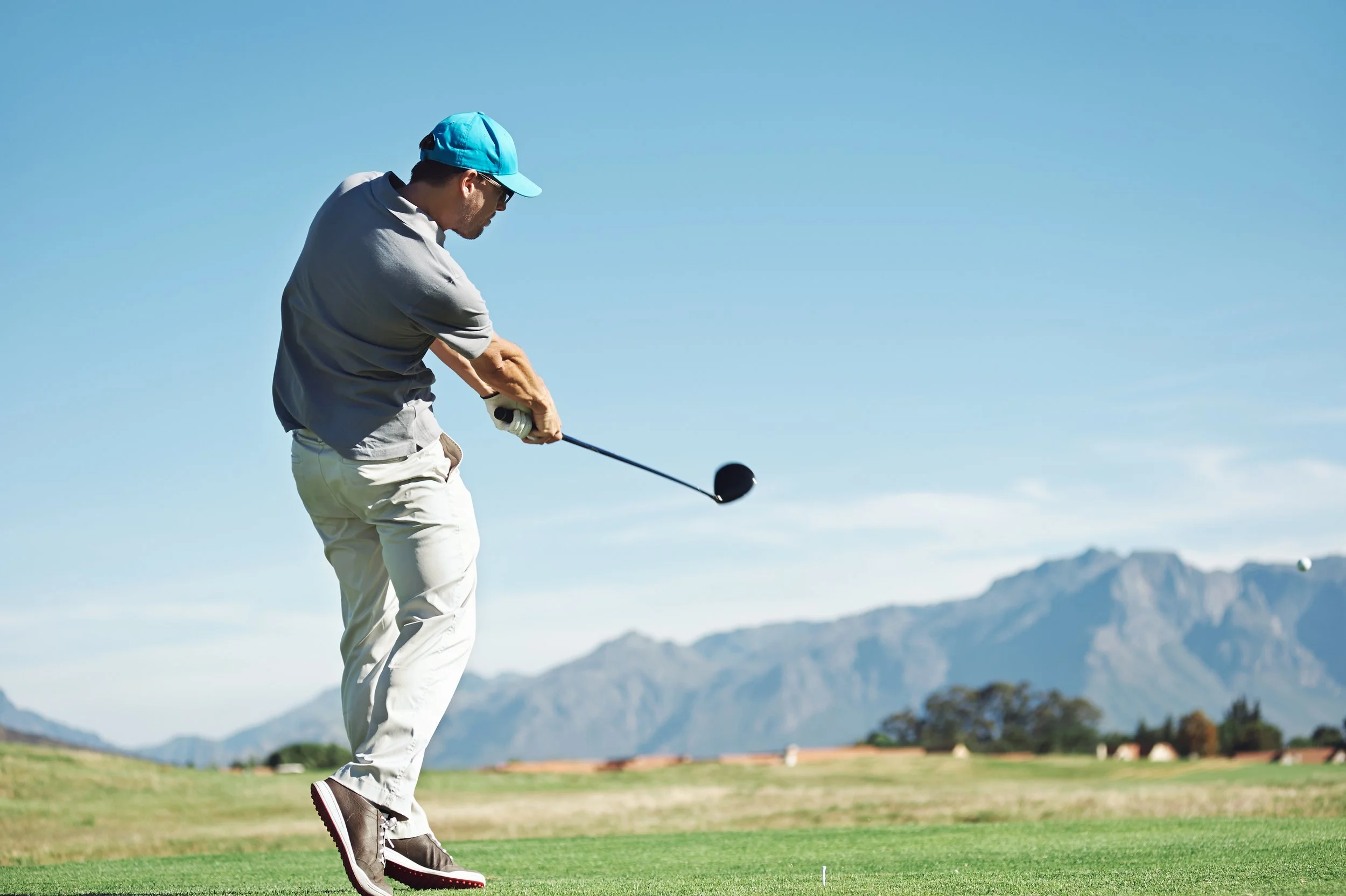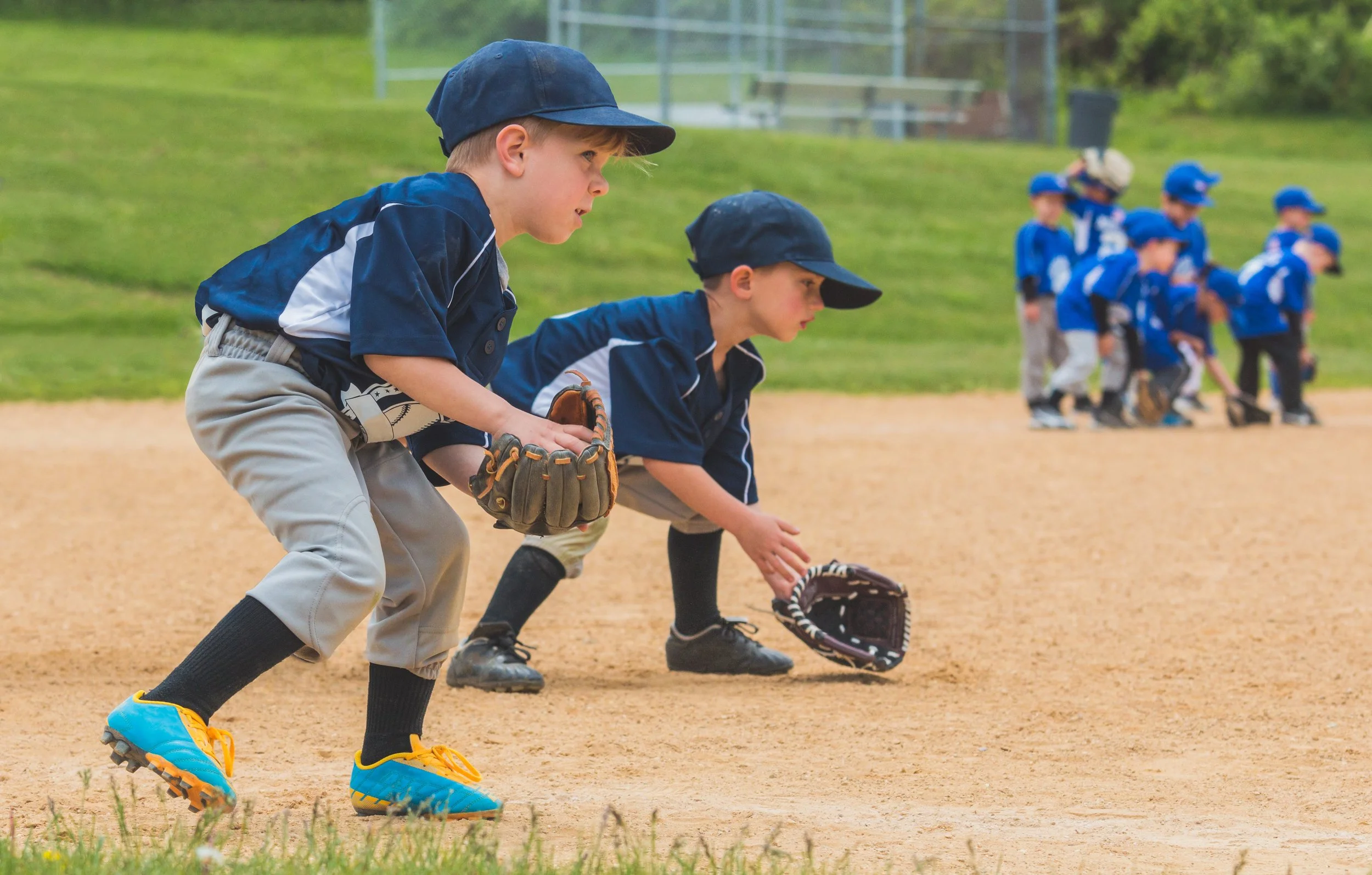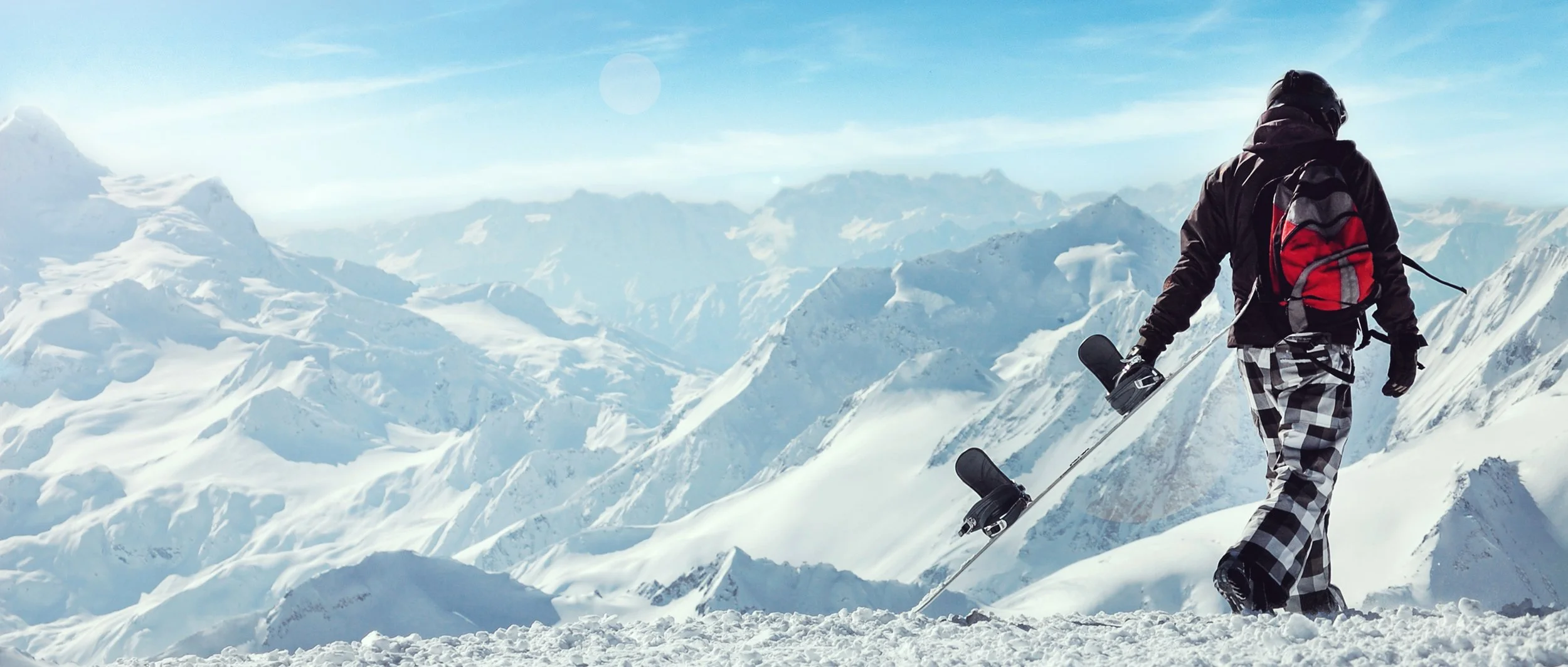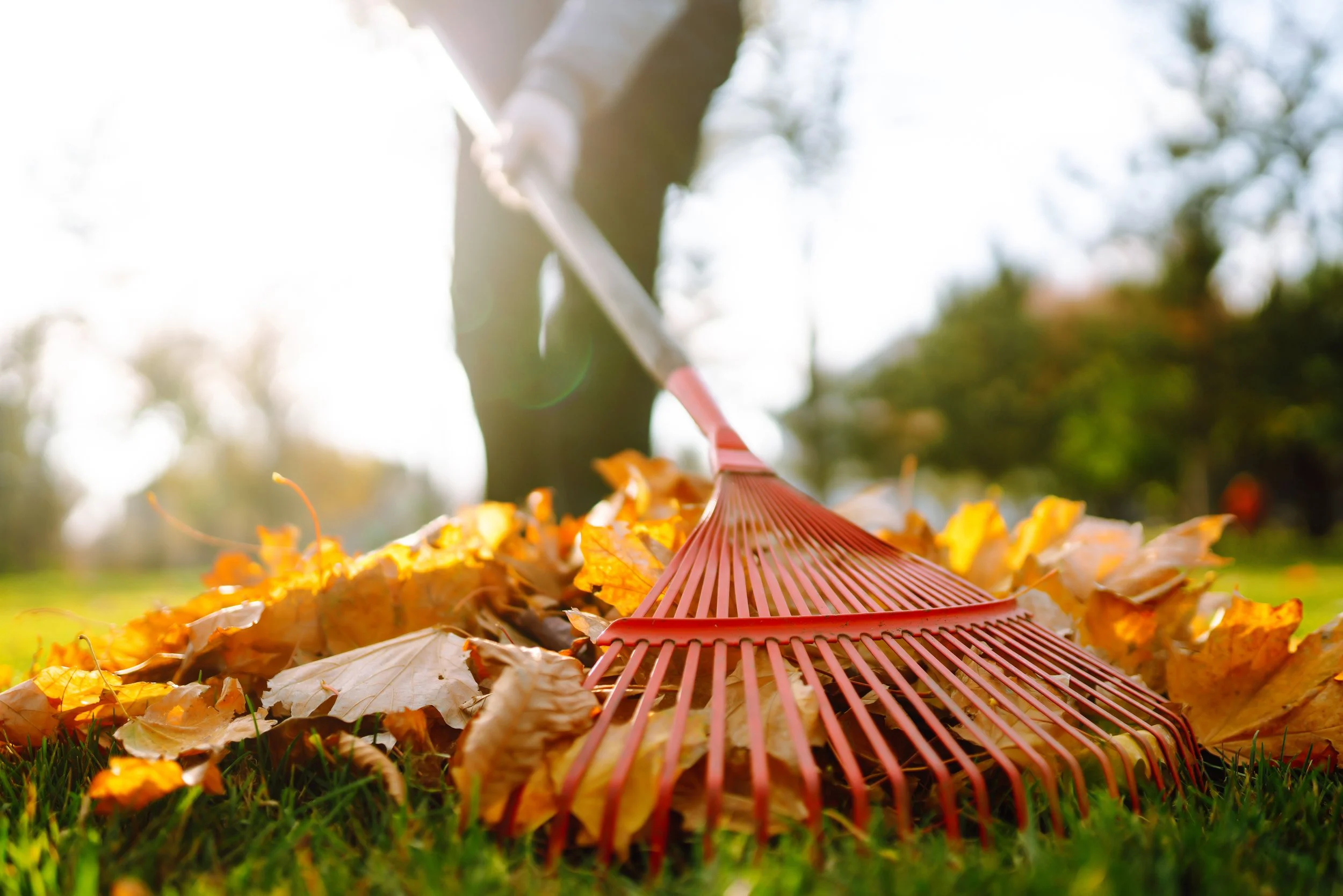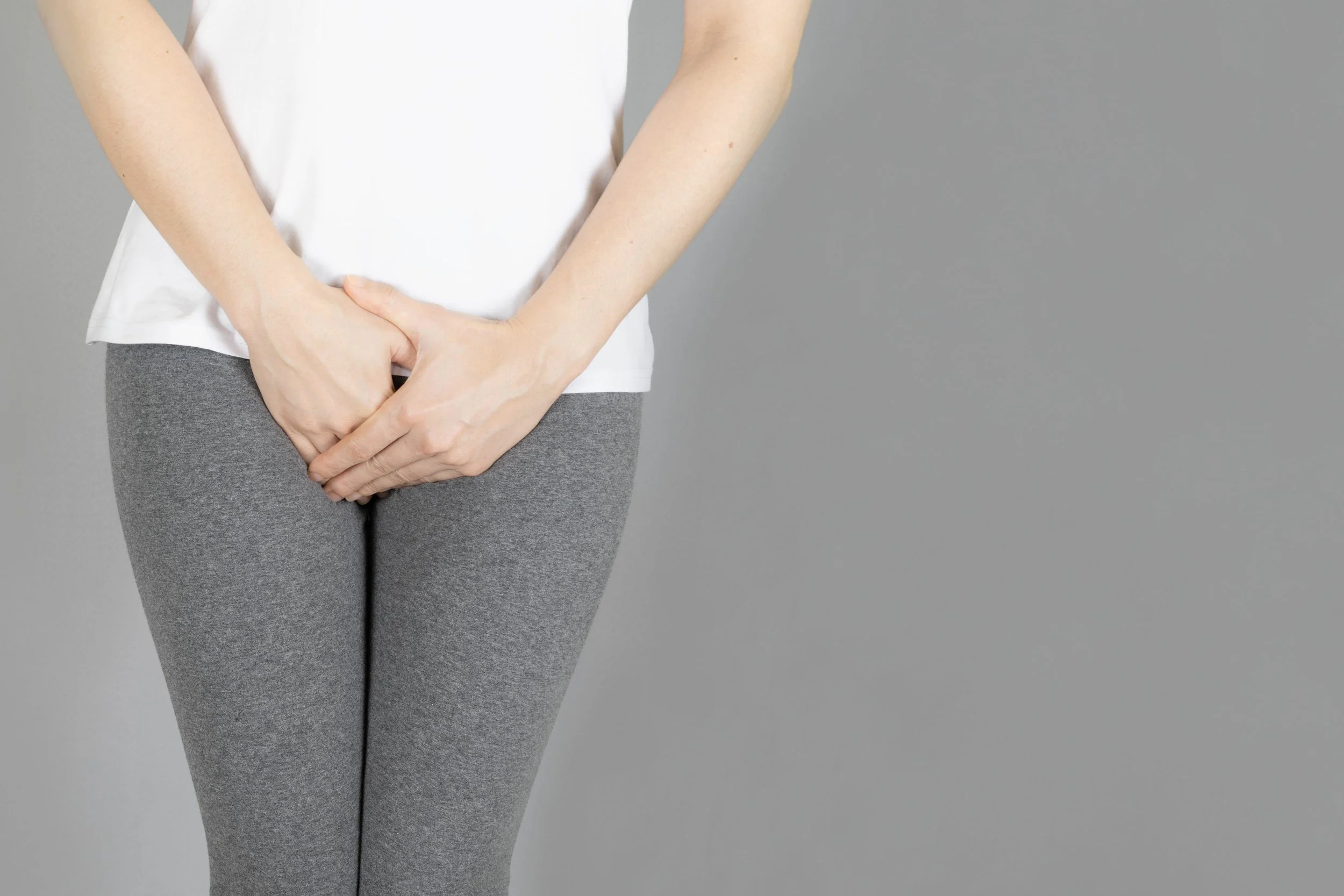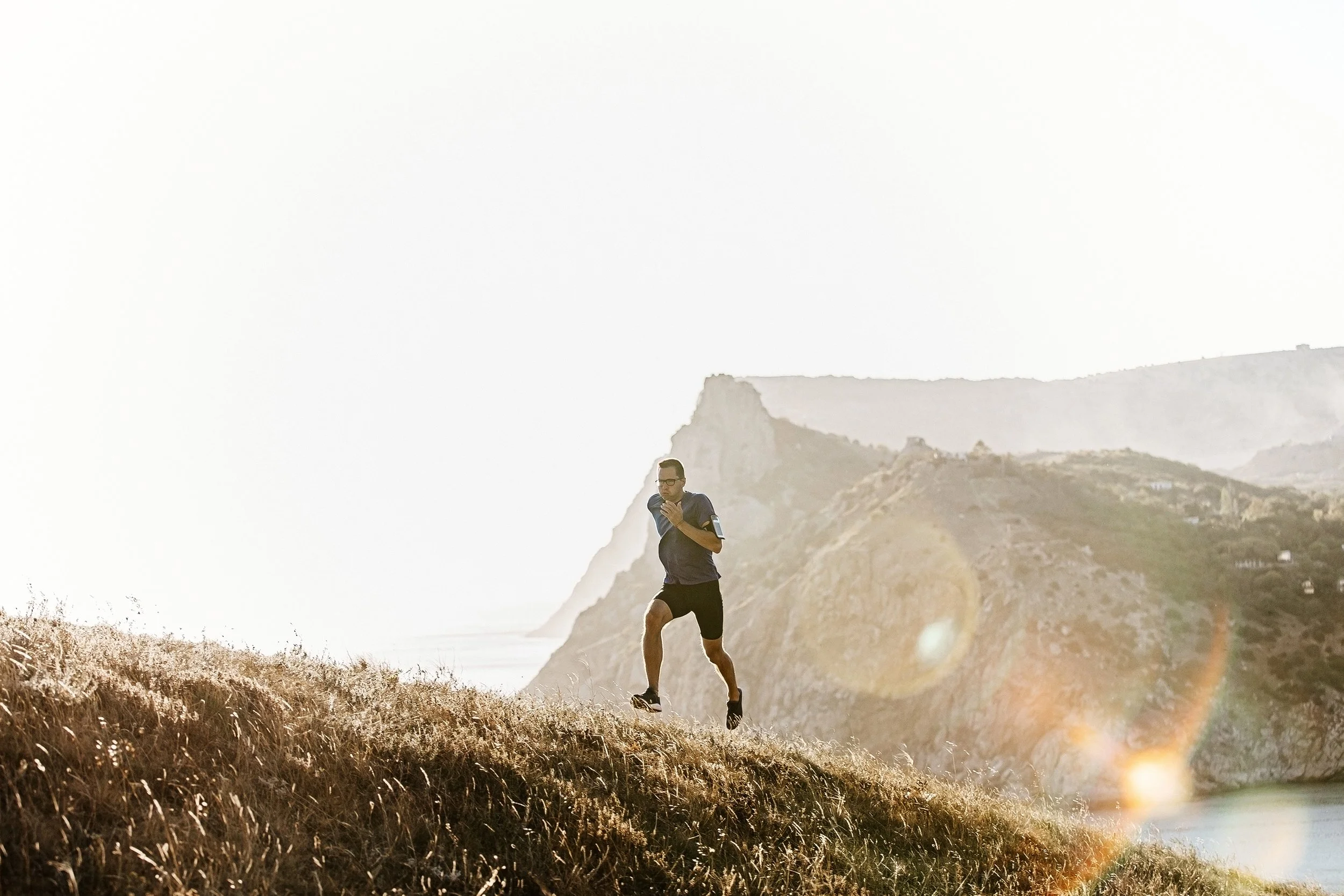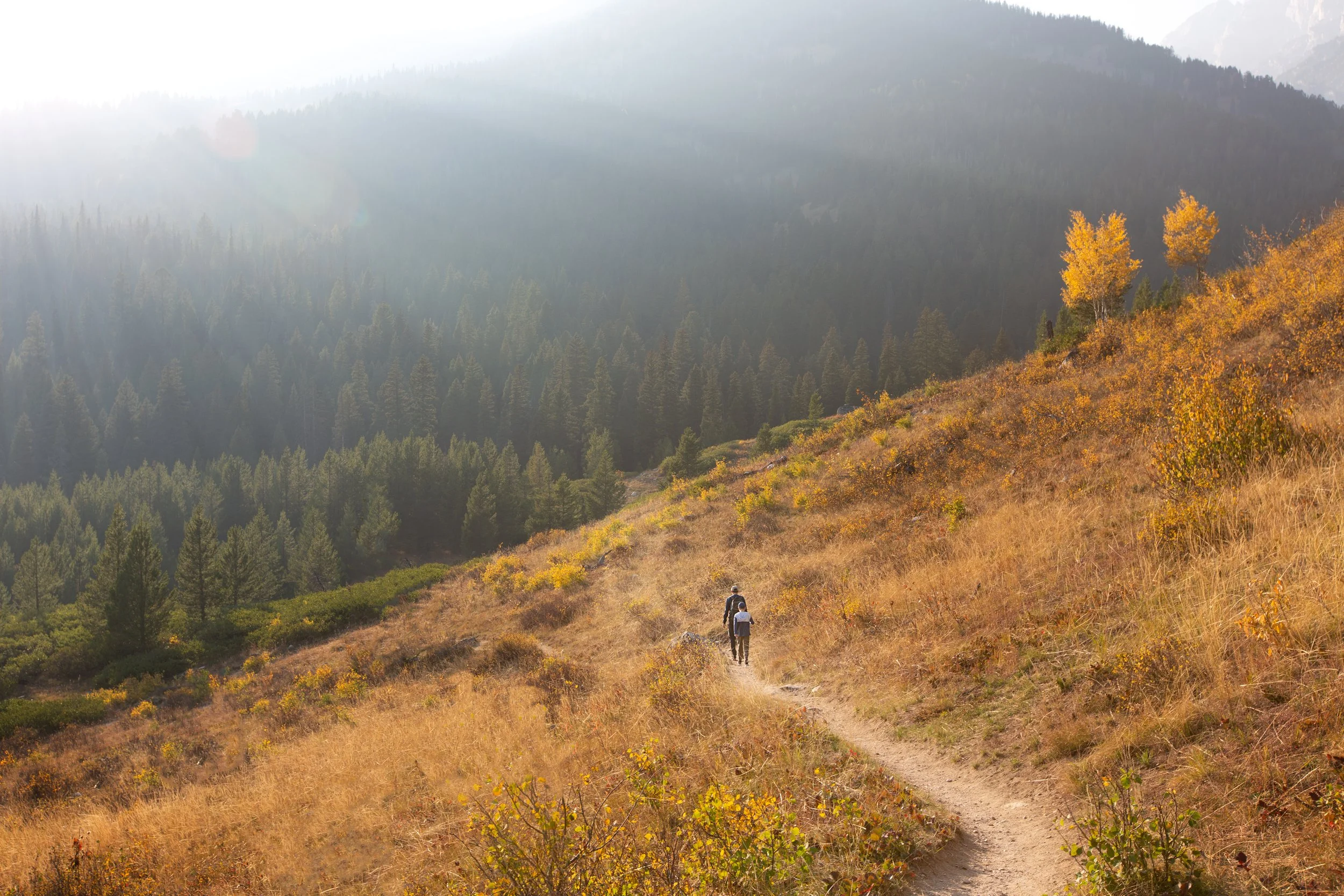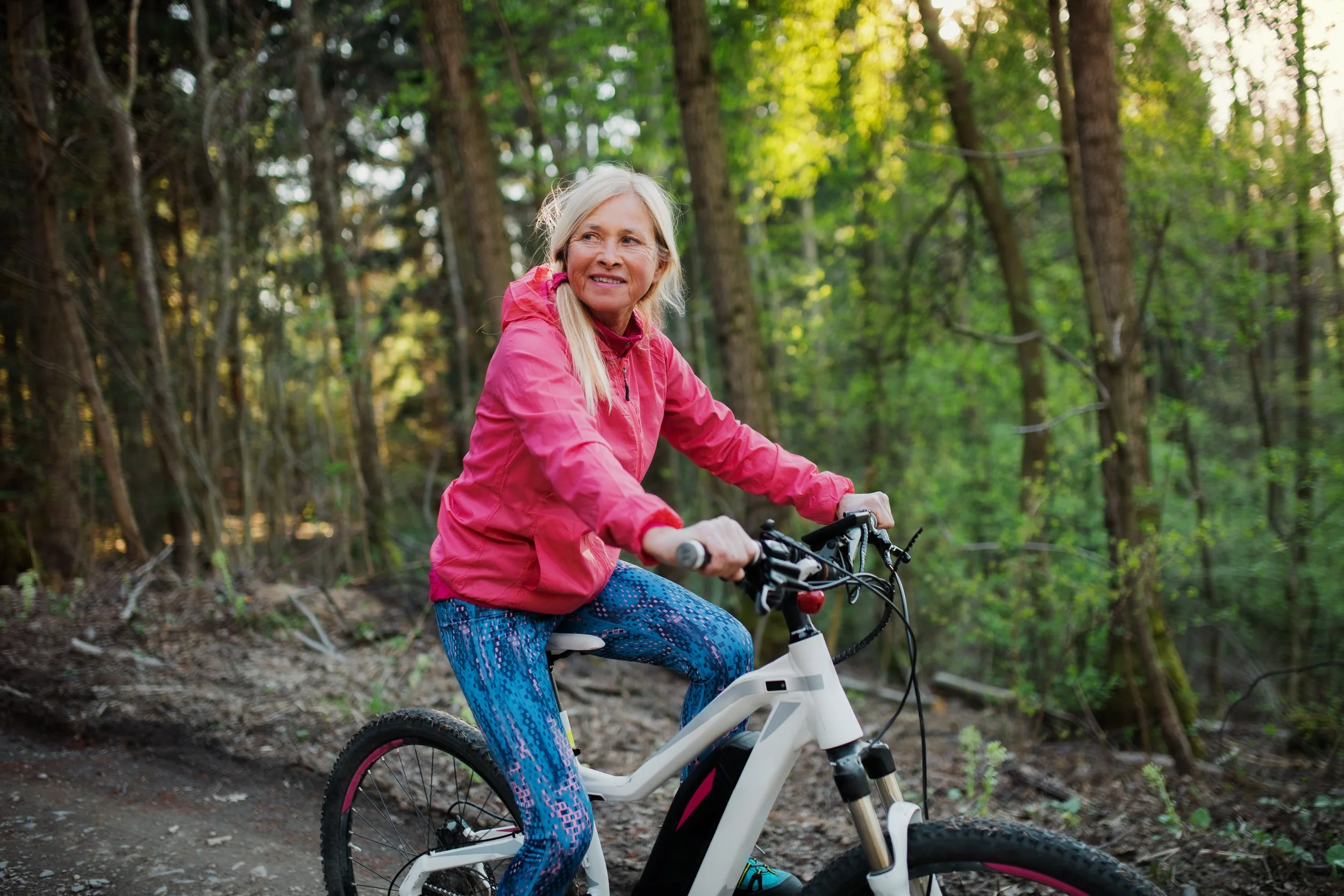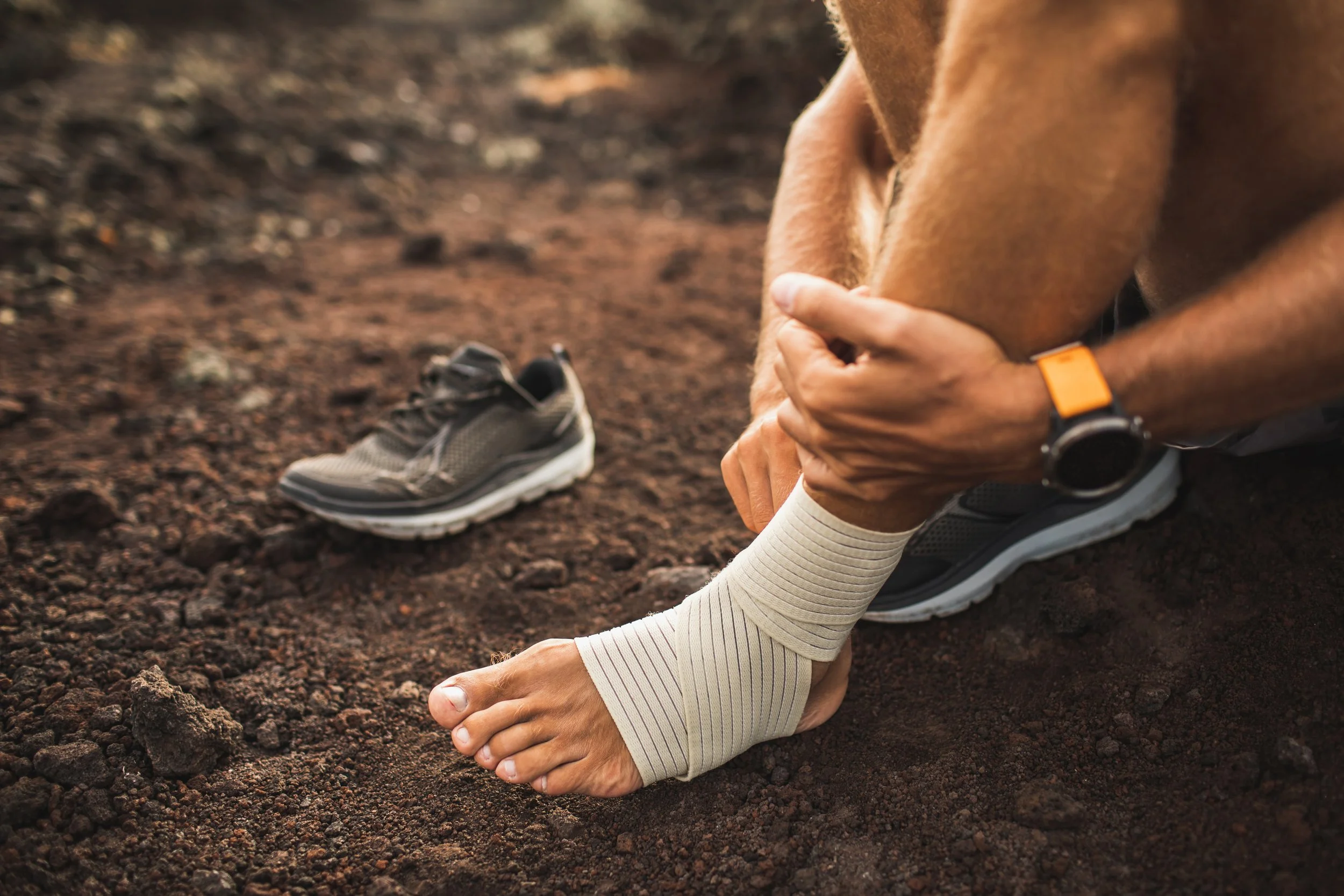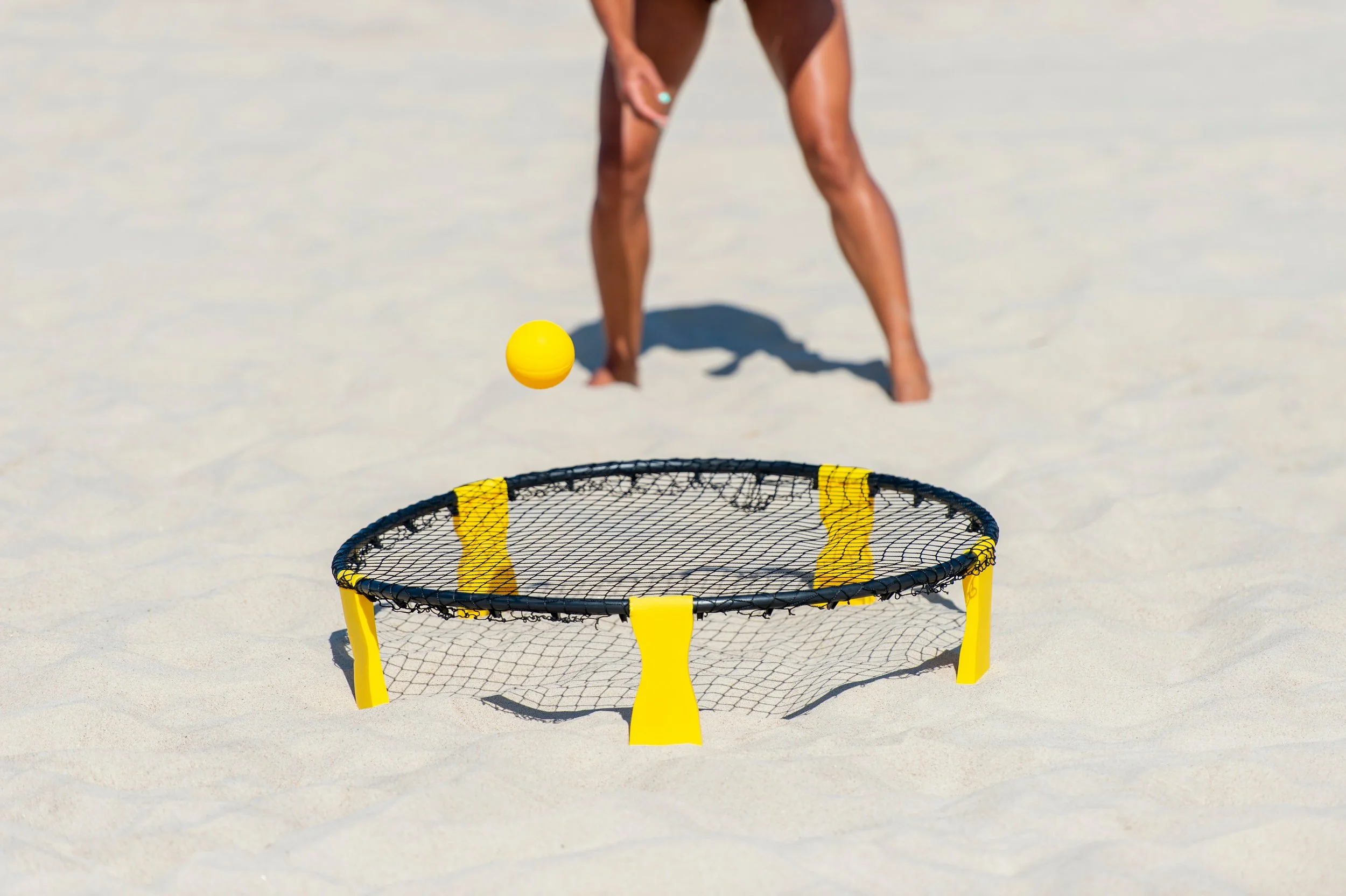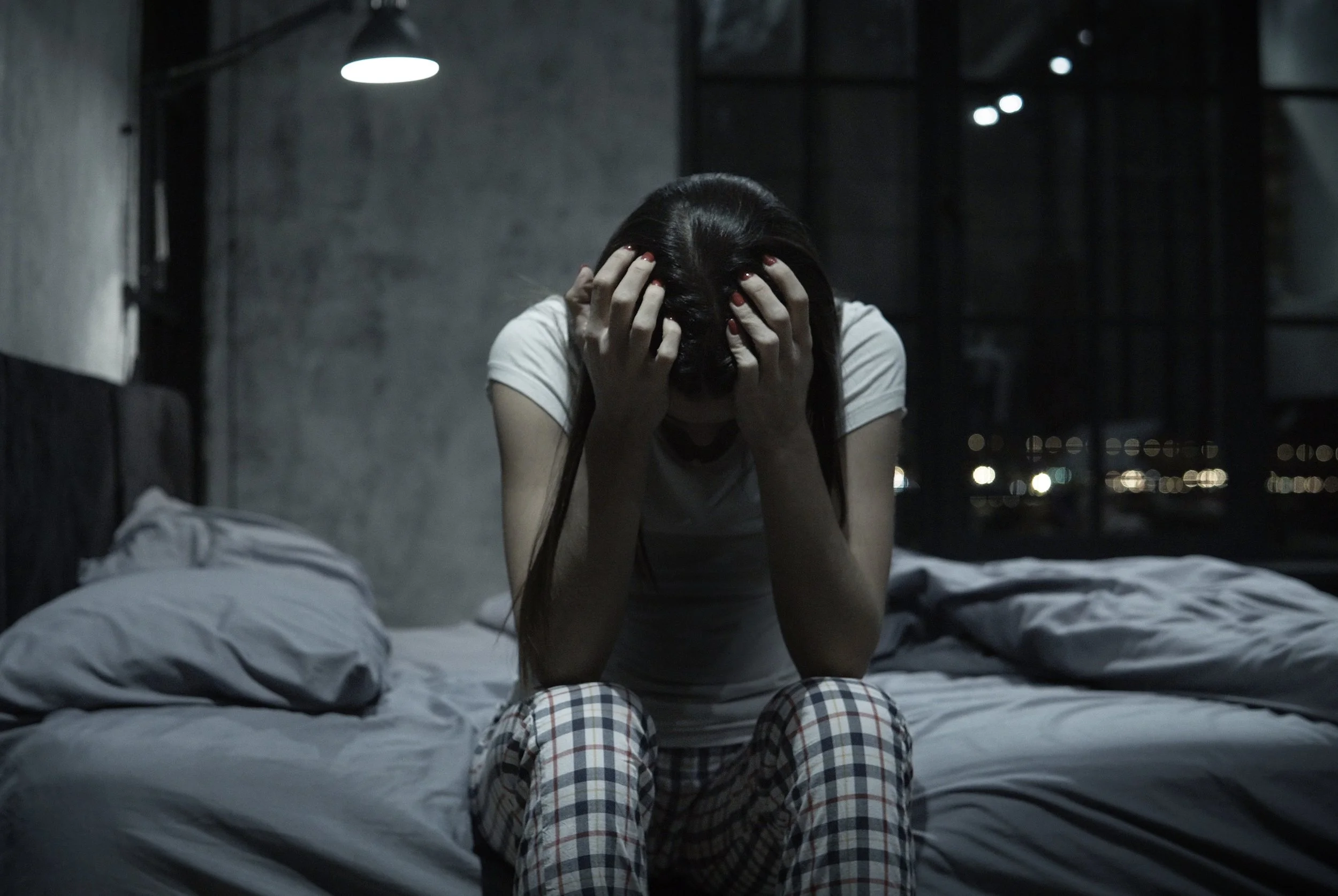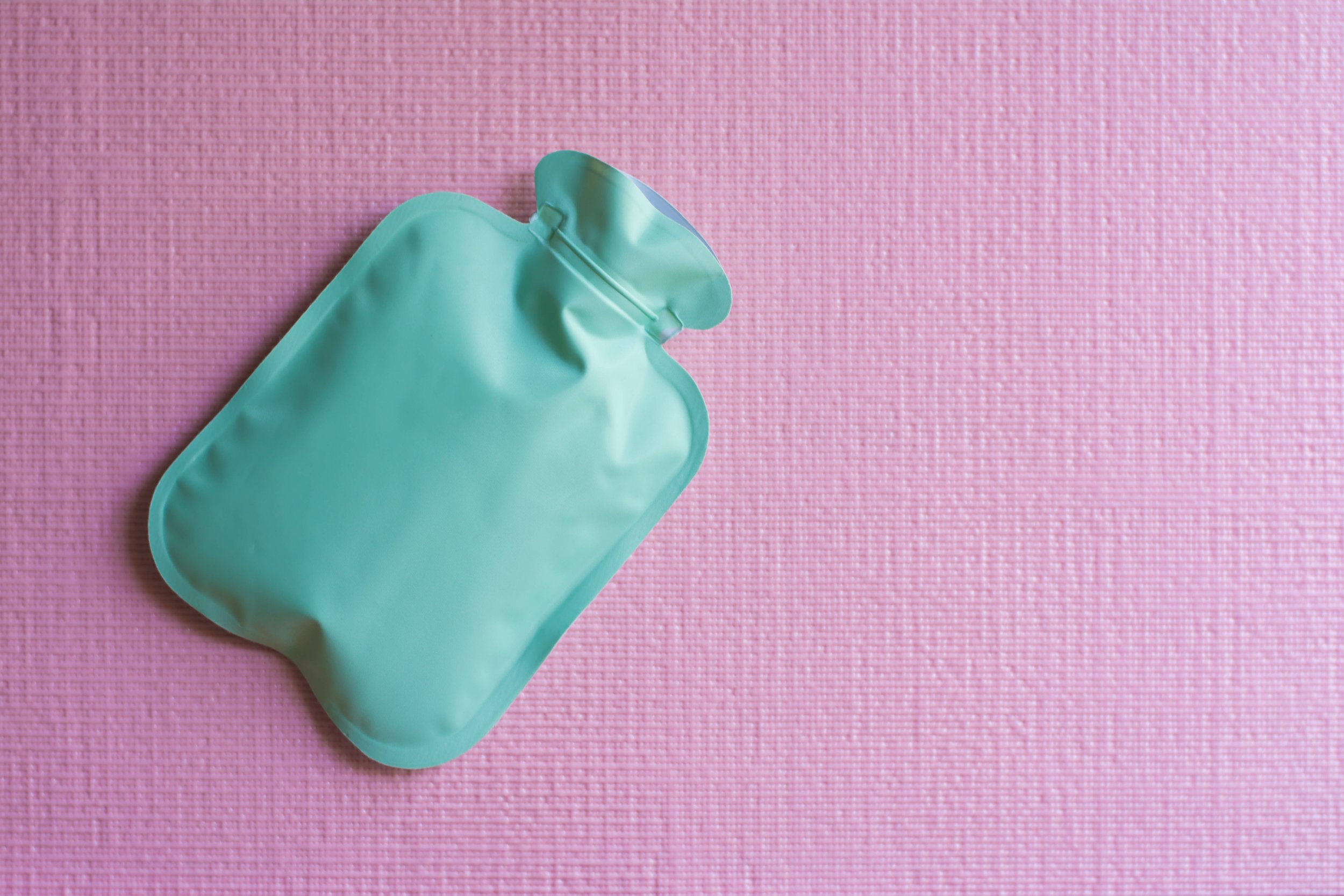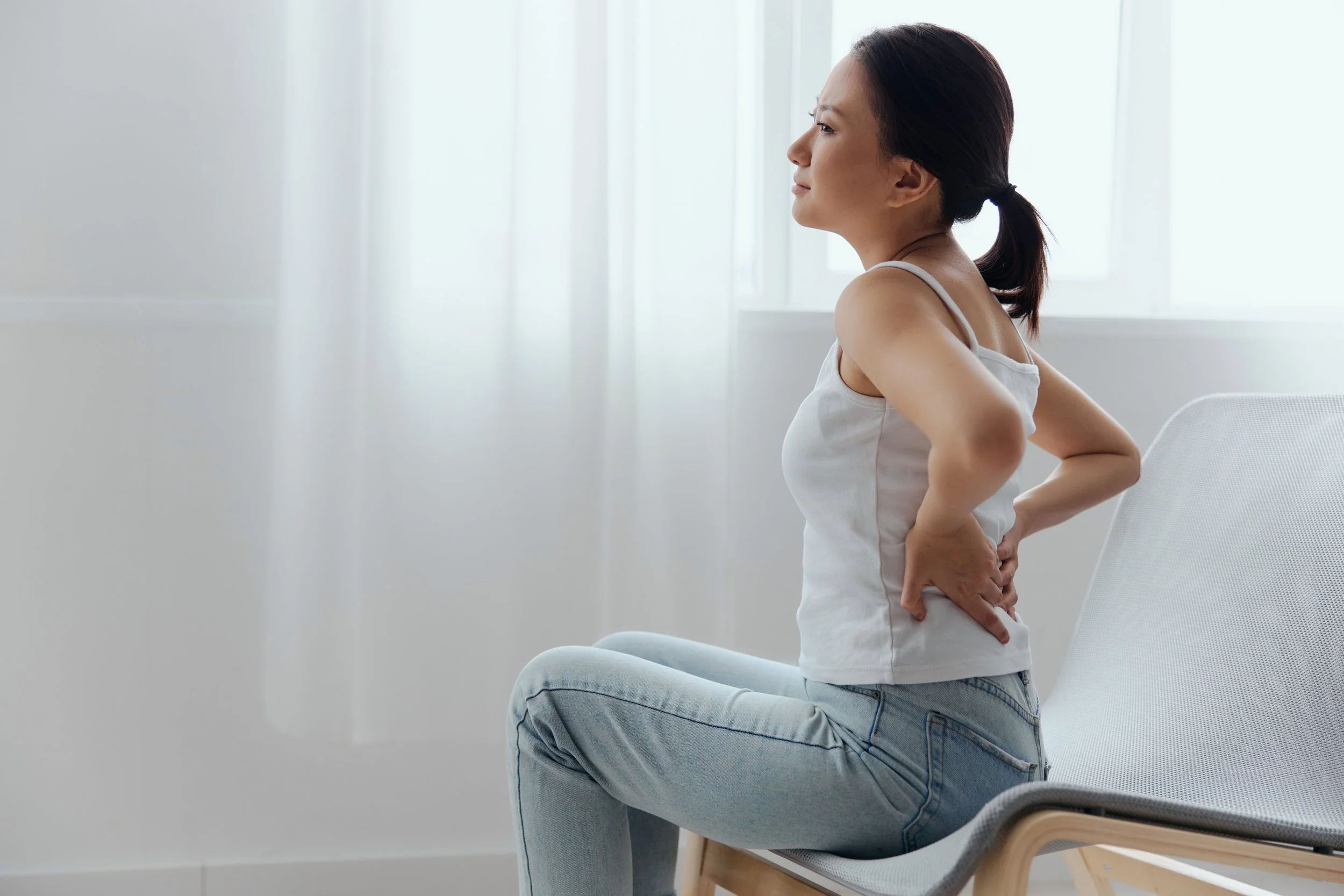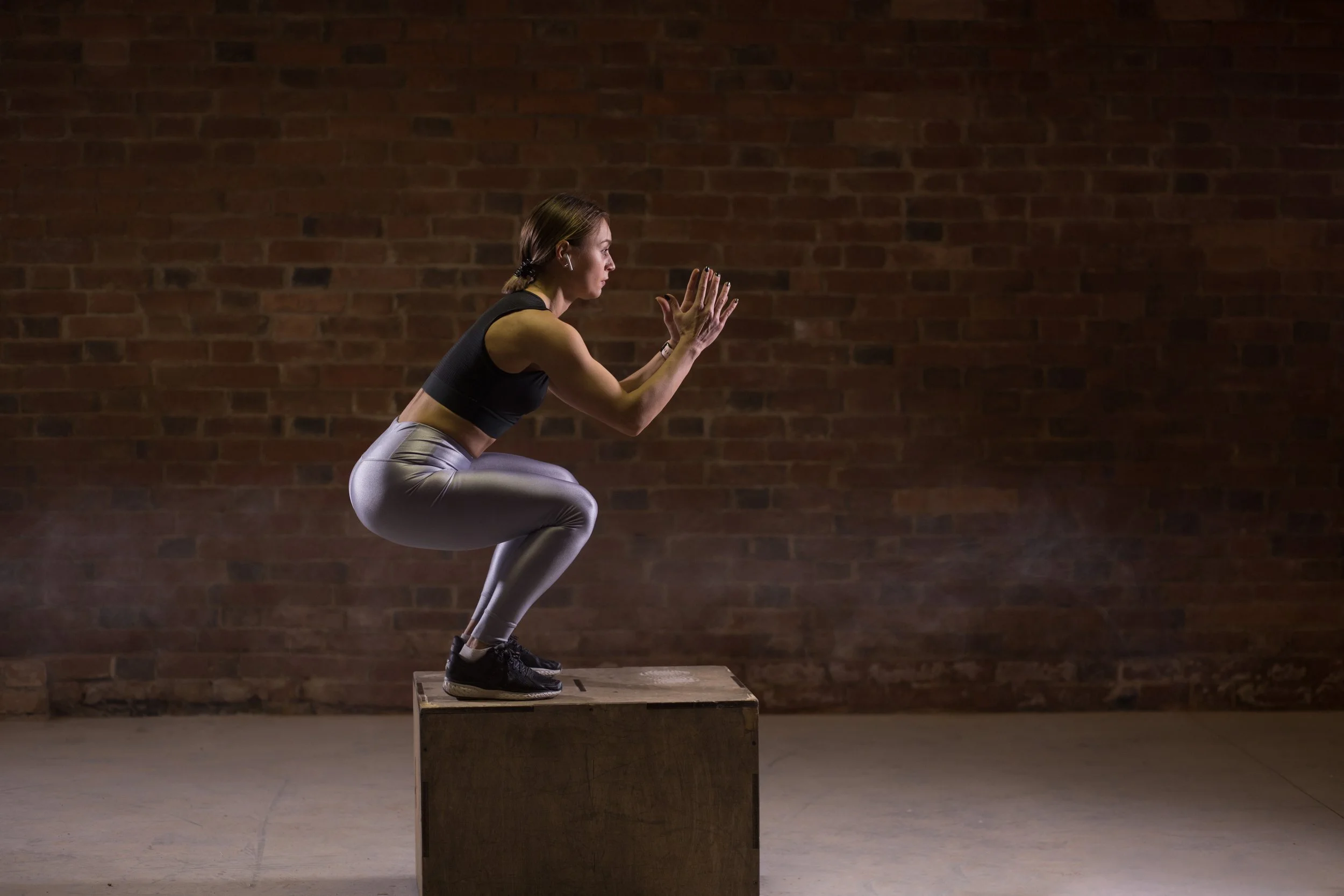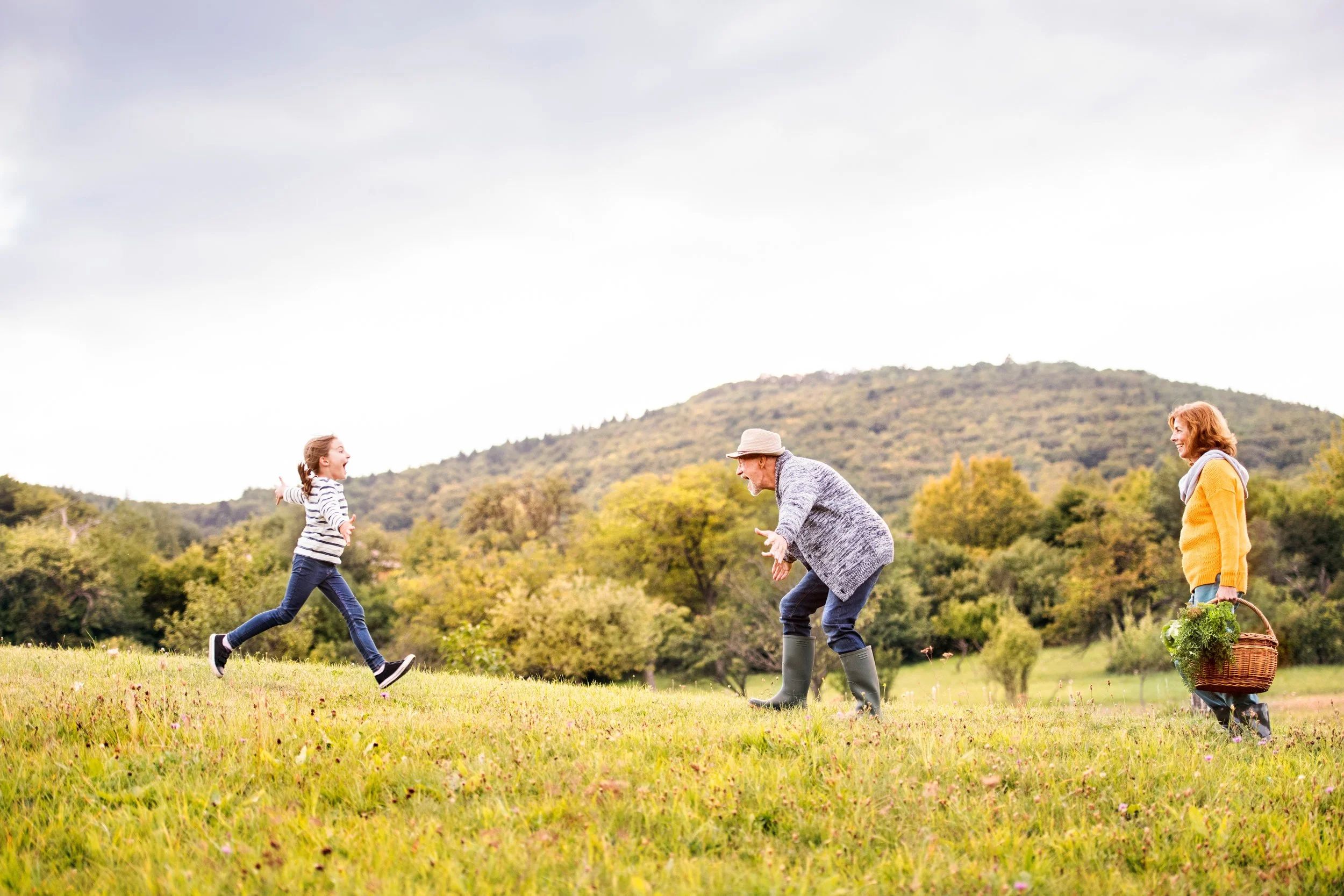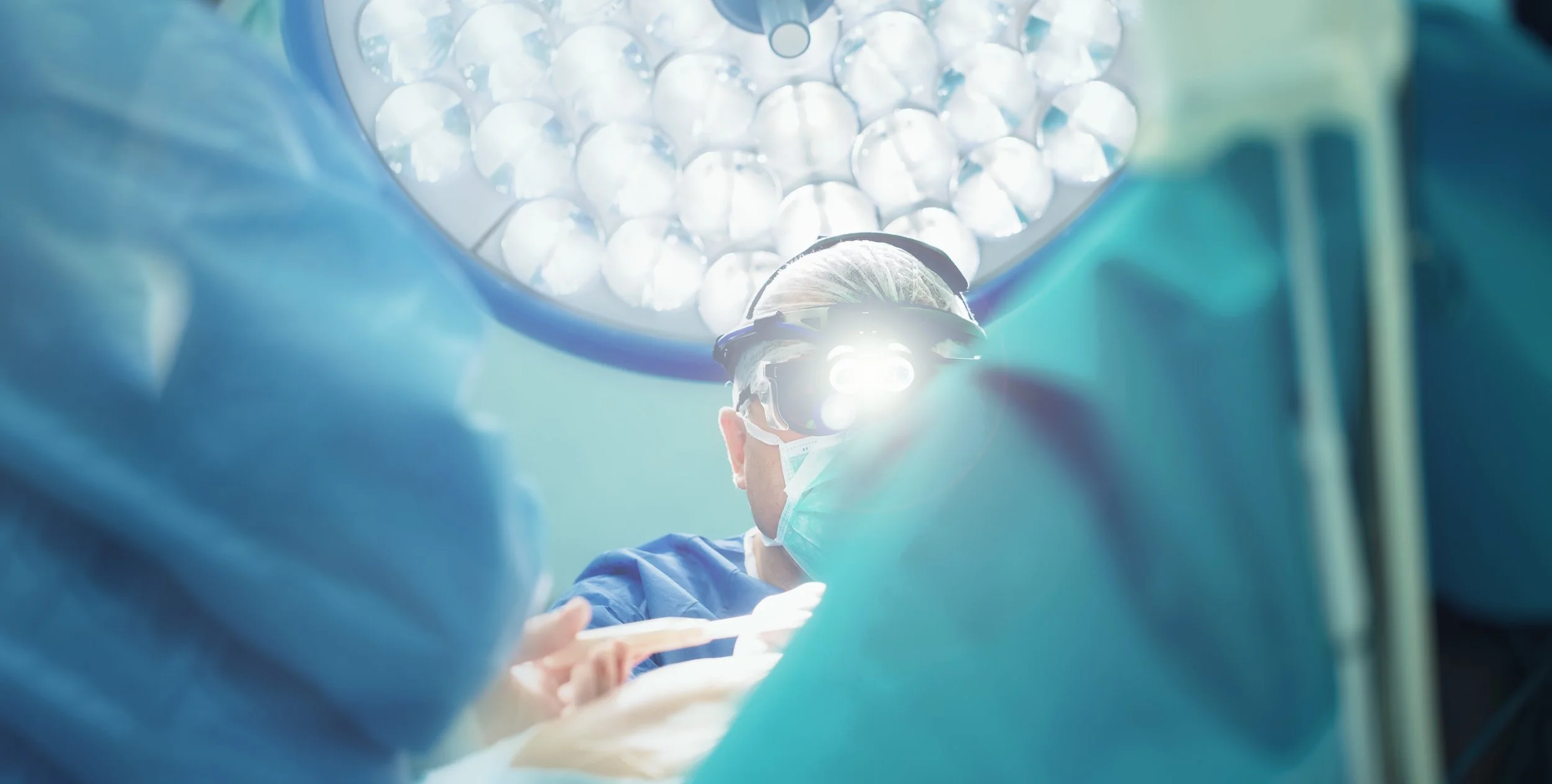Neck pain and Physical Therapy If you are having neck pain, physical therapy is often recommended. After ruling out serious conditions by your physical therapist or your physician, the real work begins.
Your PT will put together a treatment program that may consist of:
Manual therapy: to help with tissue healing and/or restoration of joint mobility.
Exercises: to help strengthen your neck and core to improve neutral postural alignment.
Pain relief: consisting of appropriate modalities such as ice, heat, ultrasound, or electric stimulation.
Patient education: on tips to help reduce stress on your neck in your work and home environment.
When asked about neck pain one of our favorite physiatrists Dr. Gary Chimes, MD stated that, “Neck pain can be one of the most debilitating issues that we see. It can not only effect your physical ability, but also create issues with sleep, mood, concentration, performance, and emotion.”
The best news of all is that insurance covers physical therapy sessions! A physical therapist can work with you and modify your treatment program until your goals are met. Come see a PT today!



